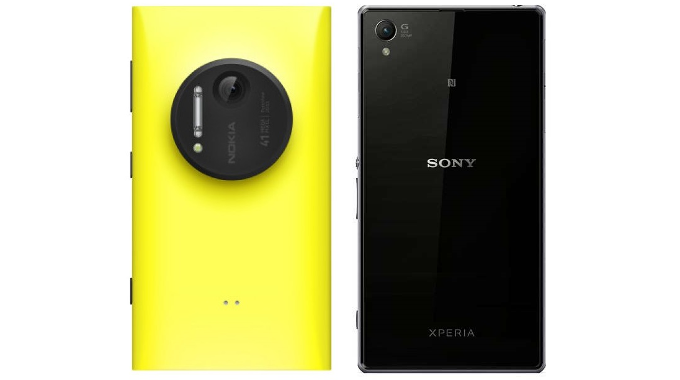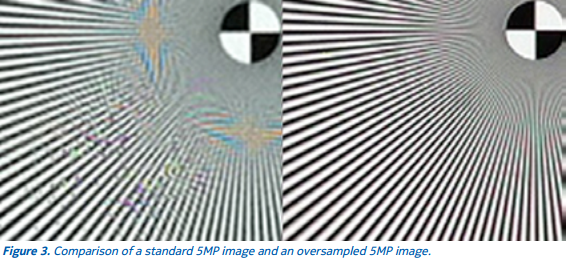What is lossless zoom and how does it work in the Lumia 1020 and Xperia Z1?


Starting with the Nokia 808 PureView, the fabled Finnish manufacturer has been increasing its lead in the camera department ever since. Equipped with a humongous 41-megapixel sensor, the 808 PV is still a beast to this date. As you can guess, much of the underlying tech behind the newer, Lumia 1020, was inherited from the 808. Lossless zoom is one of them. Some of you probably don't know this, but despite its massive sensor, the Lumia 1020 typically snaps 5-megapixel photos. Those are not comparable to your everyday 5-megapixel shooter, though, as they have been 'oversampled', meaning that you get 5 million 'super pixels'. These are created by combining information from neighboring pixels, and melding it into one, high-definition pixel. In result, stills are less blurry and noisy, and they're not as prone to artifacts.
But back to zoom -- it's only lossless because there is such an abundance of pixels, as we said -- 34MP/38MP in 16:9/4:3 aspect ratios, respectively. So, instead of upscaling (loss of quality) when you want to zoom in beyond the resolution of your camera, the Lumia 1020 can zoom up to x3 in stills, without any considerable loss in clarity. As there are less and less extra pixels available as you crank up the zoom, the level of oversampling goes down as you zoom farther and farther, until it reaches zero at x6 zoom in 720p, for example. No further lossless zooming is possible at that point, as the level of zoom will go beyond the capabilities of the sensor, and it'll have to upscale (stretch) the shots, sacrificing detail. Best of all, since only the central part of the optics is being used during zooming, optical and geometric distortions, and vignetting, are all minimal.
We've talked quite a bit about Nokia, but that's only because the Sony Xperia Z1 and Z1 Compact and their 20.7-megapixel Exmor RS sensor go for much the same approach. And while the Z1 snaps 8-megapixel shots by default, the massive resolution still allows it crank up the zoom up to x1.8 times, without any significant loss in clarity. So not as impressive, nor as potent, but still a noteworthy feature.
Follow us on Google News













Things that are NOT allowed:
To help keep our community safe and free from spam, we apply temporary limits to newly created accounts: